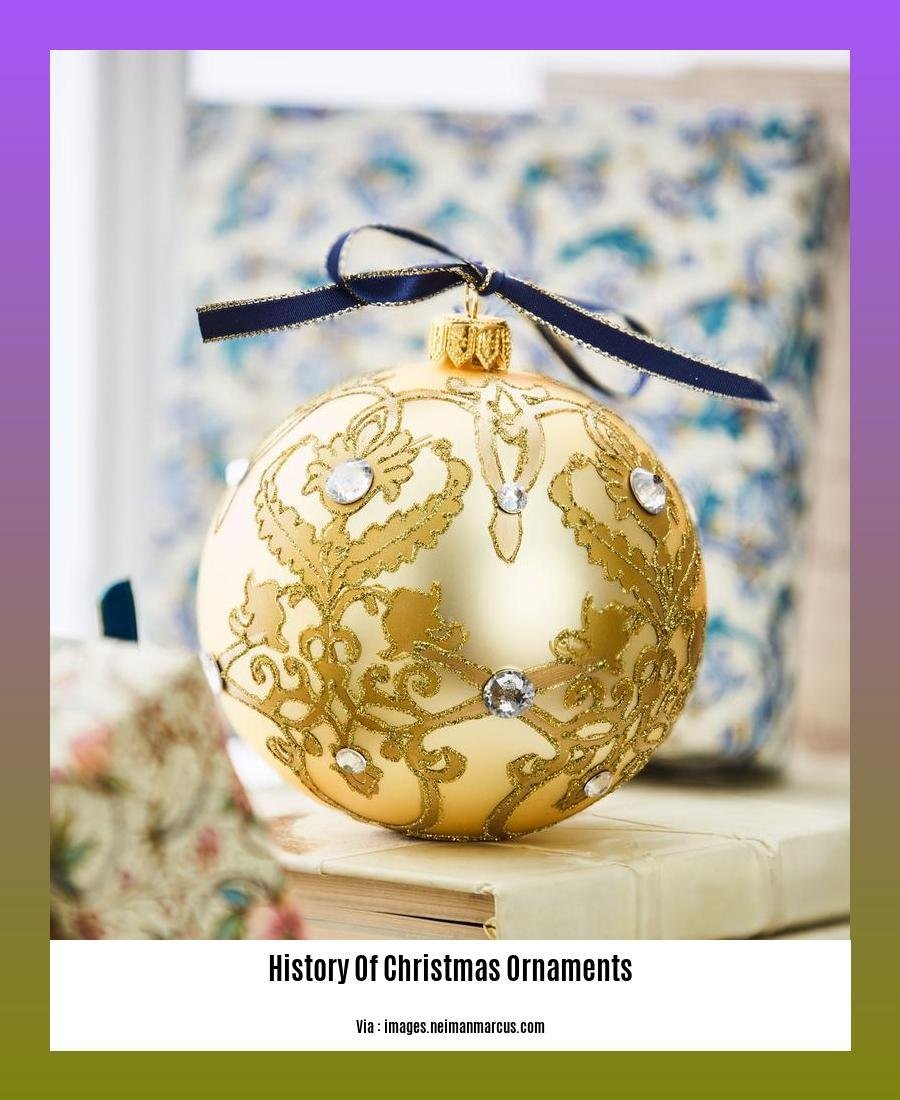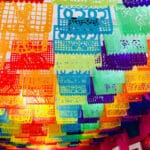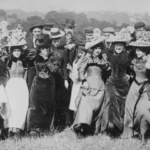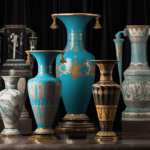Embark on a heartwarming journey through time as we delve into the captivating history of Christmas ornaments. From their humble beginnings as symbols of religious devotion to their evolution into cherished holiday decorations, these exquisite adornments have played an integral role in shaping the festive spirit of Christmas celebrations. Join us as we explore the intricate craftsmanship, rich symbolism, and heartwarming stories behind these beloved ornaments, uncovering the magic that makes them such a treasured part of the holiday season.
Key Takeaways:
The tradition of Christmas ornaments originated in Germany in the 16th century.
The concept evolved from the “Paradise Tree,” a fir tree adorned with apples, used in medieval plays on December 24th to symbolize the Garden of Eden.
In Germany, people decorated trees with fruits and nuts when the leaves fell off, representing the promise of spring.
Traditional Christmas ornaments include ball ornaments, the Christmas star, candy canes, angels, and the Christmas pickle.
History of Christmas Ornaments
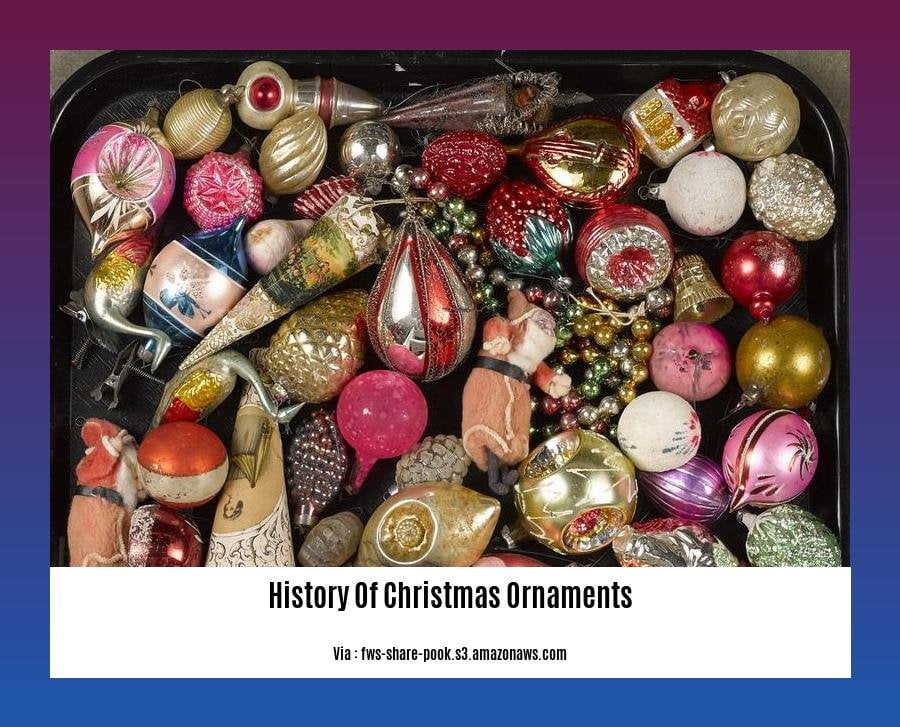
Christmas, a time of joy and celebration, is incomplete without the enchanting display of ornaments that adorn our homes and trees. But where did this tradition originate, and how did these ornaments evolve into the cherished decorations we know today? Let’s embark on a journey through time to uncover their fascinating history.
The Birth of a Tradition
The history of Christmas ornaments can be traced back to 16th-century Germany, where the tradition of decorating trees with ornaments emerged as a symbol of paradise, fertility, wealth, and the promise of spring.
- Early Ornaments:
The earliest ornaments were simple and rustic, made from natural materials such as apples, nuts, and straw, reflecting the agricultural roots of the tradition.
- Medieval Symbolism:
In medieval mystery plays, a fir tree called the “Paradise Tree” was decorated with red apples, symbolizing the Garden of Eden and the fall of man.
From Nature to Crafted Marvels
As the tradition spread across Europe, new materials and techniques evolved, leading to more intricate and decorative ornaments.
- Glass Blowing:
In the late 1800s, the invention of glassblowing revolutionized ornament making, allowing for intricate and delicate designs.
- Handcrafted Creations:
Glassblowers created a wide variety of ornaments, from simple balls and stars to elaborate figures and scenes, showcasing their artistry and skill.
Cultural Influences and Symbolism
The history of Christmas ornaments is intertwined with cultural and religious influences, giving rise to a diverse array of symbols and meanings.
- National Pride:
Many countries incorporated national symbols into their ornaments, such as the German pickle ornament and the American Santa Claus ornament.
- Religious Imagery:
Christian symbols like angels, stars, and the Nativity scene became popular ornaments, reflecting the religious significance of the holiday.
Modern Day Christmas Ornaments
In the 20th century, new materials and manufacturing techniques further transformed the world of Christmas ornaments.
- Mass Production:
The advent of mass production made ornaments more affordable and accessible, allowing families to decorate their homes with a dazzling array of choices.
- Personalization:
Ornaments became a way to express personal style and sentiment, with families creating personalized ornaments to mark special occasions or commemorate loved ones.
Today, the history of Christmas ornaments continues to evolve, as new designs and materials emerge, reflecting the ever-changing tastes and trends of the holiday season. From humble beginnings to elaborate creations, these ornaments have become an integral part of our Christmas traditions, bringing joy, cheer, and a touch of nostalgia to our homes and hearts.
Looking to learn about how the tradition of Christmas lights came to be? The history of Christmas lights is fascinating and spans centuries. It’s a journey through time, starting with ancient times and culminating in the modern-day spectacle of twinkling lights. history of Christmas lights
History buffs and those interested in Christmas trivia will be enthralled by the history of Christmas wreaths. The tradition of hanging Christmas wreaths dates back to the Middle Ages. Discover the symbolism behind the wreath, its evolution over time, and how it became an integral part of Christmas celebrations. history of Christmas wreaths
Fast food has come a long way! Discover the history of fast food and trace its evolution from humble beginnings to the global phenomenon it is today. From the first roadside stands to the advent of drive-thrus, the history of fast food is a tale of innovation, convenience, and changing eating habits. history of fast food
Regional Variations: Highlight the captivating diversity of Christmas ornaments across different regions, showcasing unique designs, materials, and craftsmanship techniques that reflect local heritage and traditions.
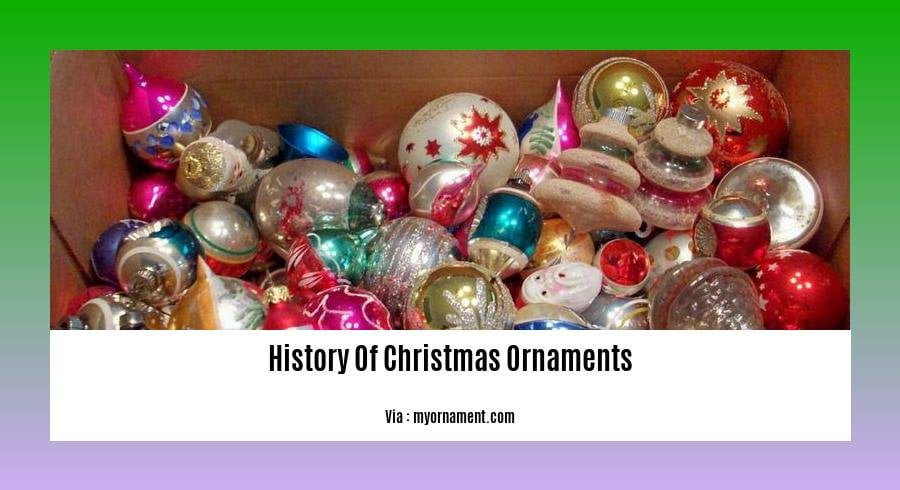
From the twinkling lights of Scandinavia to the vibrant Nativity scenes of South America, Christmas ornaments are a reflection of the diverse cultures and traditions that make this holiday so special. Across the globe, festive decorations take on unique forms, materials, and craftsmanship techniques, adding a touch of local flavor to the celebration.
Local Flair in Christmas Ornaments
Bali: Experience the charm of Bali, where Christmas is celebrated with unique traditions. Churches are adorned with Penjor, intricately decorated bamboo sticks made from dried palm leaves, creating a vibrant display.
Bethlehem: In the birthplace of Jesus, Christmas Eve is marked by processions and the display of nativity scenes in homes and churches. Doors are marked with crosses, symbolizing the presence of Christ.
Syria: Instead of Santa Claus, children receive presents from the youngest camel of the three wise men, a unique twist on the gift-giving tradition.
Germany: Christmas markets come alive with the scent of mulled wine and the sound of festive carols. Locals decorate their homes with Advent calendars, counting down the days until Christmas.
Colombia: The streets of Colombia light up during Noche de Las Velitas, where thousands of candles illuminate homes, streets, and churches, creating a magical ambiance.
Embracing Regional Diversity
Unique Materials: Ornaments showcase the diverse materials available in different regions. From delicate glass in Europe to colorful straw in Africa, each material adds a distinct touch to the festive decor.
Handcrafted Craftsmanship: The skill and artistry of local artisans shine through in the intricate designs of handmade ornaments. Whether it’s intricate embroidery in Mexico or delicate porcelain figurines in China, these creations are a testament to regional craftsmanship.
Cultural Symbolism: Ornaments often carry cultural and religious symbolism, reflecting the beliefs and traditions of the region. From the red lanterns in China, symbolizing good luck, to the Christmas pyramids in Germany, representing the Holy Trinity, each ornament holds a special meaning.
Key Takeaways:
- Regional variations in Christmas ornaments reflect the diverse cultures and traditions across the globe.
- Ornaments showcase unique designs, materials, and craftsmanship techniques that add local flavor to the holiday.
- Local artisans create intricate handmade ornaments, showcasing their skill and artistry.
- Ornaments often carry cultural and religious symbolism, representing the beliefs and traditions of the region.
Sources:
- 12 Awesome Christmas Traditions From Around the World
- How Christmas is Celebrated Around the World
Evolution of Materials: Explore the transformation of materials used in Christmas ornament making over time, from natural elements to glass, metal, and more recently, sustainable and eco-friendly materials.
Christmas ornaments have undergone a fascinating transformation in terms of the materials used to craft them. Let’s dive into this journey through time to uncover the evolution of materials in ornament making:
1. From Nature’s Bounty to Glassblowing Magic:
- Early Christmas ornaments were crafted from nature’s bounty, using materials like apples, walnuts, and straw.
- In the late 1800s, glassblowing revolutionized ornament making, allowing for intricate and delicate designs.
- Glassblowers created a vast array of ornaments, from simple balls and stars to elaborate figures and scenes.
2. Cultural Symbols and Religious Imagery:
- Cultural symbols and religious imagery became popular motifs in ornament designs, reflecting national pride and the Christian significance of the holiday.
- Angels, stars, and religious figures were commonly depicted, each carrying unique symbolism.
3. Mass Production and Personalized Touches:
- In the 20th century, mass production made ornaments more accessible, allowing families to decorate their trees with a variety of affordable options.
- Personalized ornaments emerged as a way to express individuality and sentiment, often featuring family names, dates, or special messages.
4. Embracing Sustainability and Eco-Friendly Materials:
- In recent years, there has been a growing emphasis on sustainability in ornament making.
- Crafters are exploring eco-friendly materials like recycled glass, wood, and fabric to create ornaments that are both beautiful and environmentally conscious.
Key Takeaways:
- Early ornaments showcased nature’s charm, using materials like apples and walnuts.
- Glassblowing revolutionized ornament making, enabling intricate and delicate designs.
- Cultural symbols and religious imagery added depth and meaning to ornament designs.
- Mass production made ornaments accessible, while personalized touches added sentiment.
- Sustainability has become a key consideration, with eco-friendly materials gaining popularity.
Sources:
[1] Christmas Ornaments: Their Origins, History, and Meaning – https://christmashq.com/decorations/ornaments
[2] The Secret Meanings and History of Christmas Ornaments –
Contemporary Trends: Examine the influence of modern trends and technologies on Christmas ornament design, including the rise of mass-produced ornaments, personalized ornaments, and the integration of technology like LED lights and musical elements.
Key Takeaways:
- Mass production has made Christmas ornaments more affordable and accessible to people worldwide.
- Personalized ornaments allow individuals to express their unique style and sentiment during the holiday season.
- LED lights and musical elements add a touch of magic and festivity to Christmas tree decorations.
The Rise of Mass-Produced Ornaments
The advent of mass production in the 19th century revolutionized the Christmas ornament industry. Before this, ornaments were primarily handmade, making them expensive and exclusive. However, with the introduction of mass-production techniques, ornaments became more affordable and accessible to people from all walks of life.
The Rise of Technological Advancements
The integration of technology into Christmas ornament design has added a new dimension of excitement and innovation to the holiday season. LED lights and musical elements are just a few examples of how technology is transforming the way we decorate our Christmas trees.
Personalized Ornaments: A Unique Expression of Style
In recent years, personalized ornaments have become increasingly popular as people seek ways to make their holiday decorations more unique and meaningful. These ornaments can feature names, dates, or even photographs, allowing individuals to create one-of-a-kind keepsakes that reflect their personal style and sentiment.
Conclusion
The evolution of Christmas ornament design has been shaped by various factors, including mass production, technological advancements, and the desire for personalized expression. These trends have transformed the way we decorate our Christmas trees, adding a touch of magic, festivity, and personal style to the holiday season.
Relevant URL Sources:
- The History of Christmas Ornaments
- Christmas Ornaments: A History
FAQ
Q1: How did the Christmas ornament tradition evolve?
A1: The tradition originated in Germany during the 16th century, where people decorated trees with fruits and nuts when the leaves fell off. Apples, used to symbolize the Garden of Eden, became popular, and Martin Luther added lighted candles to represent the stars.
Q2: What is the significance of ball ornaments?
A2: Round plastic ball ornaments are a German tradition, representing the apples used to decorate the first Christmas trees. They were popularized by Hans Greiner, a German ornament maker.
Q3: What is the story behind candy canes?
A3: Candy canes have a German origin and were first made around 1670. Originally designed by a choirmaster, they were used as a teaching tool to keep children quiet during church services.
Q4: What is the symbolism of the Christmas star?
A4: The Christmas star is a religious symbol that represents the star of Bethlehem, which guided the Wise Men to the birthplace of Jesus. Traditionally, it is placed on top of Christmas trees.
Q5: What are some other common Christmas ornaments with religious meanings?
A5: Angels, representing the angel who announced the birth of Jesus in Bethlehem, and religious figures like Santa Claus are common ornaments with religious symbolism.
- Unlocking Francis Alexander Shields’ Finance Empire: A Comprehensive Biography - July 12, 2025
- Unveiling Francis Alexander Shields: A Business Legacy - July 12, 2025
- Francis Alexander Shields’ Business Career: A Comprehensive Overview - July 12, 2025
